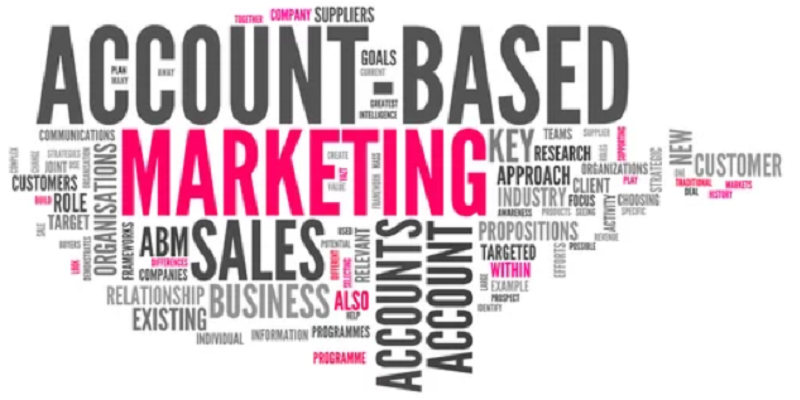As the business-to-business (B2B) marketplace becomes more crowded and complex, it has become increasingly important for marketers to adopt new strategies that can effectively reach and engage high-value accounts. One such strategy that has gained popularity in recent years is account-based marketing (ABM), which involves identifying and targeting individual accounts or companies, rather than casting a wide net to a broader audience.
This article will provide a detailed overview of account-based marketing, including its importance in B2B marketing strategy, how it aligns sales and marketing efforts, the importance of understanding target accounts, how to focus resources on high-value accounts, building relationships with key decision-makers, and the key steps in implementing ABM.
Alignment of Sales and Marketing Efforts
One of the primary benefits of account-based marketing is that it aims to align sales and marketing efforts by focusing on high-value accounts that have the greatest potential for business growth. ABM enables marketers to work closely with the sales team to identify and prioritize high-value accounts. Both teams can collaborate to develop tailored marketing and sales strategies for each account.
By working together to create personalized, targeted content and outreach efforts, the sales and marketing teams can better connect with high-value accounts. This approach to alignment streamlines the customer acquisition process, resulting in higher conversion rates and improved return on investment.
Understanding Target Accounts
In order to implement an effective ABM strategy, it is crucial to have a deep understanding of the target accounts, their pain points, and their specific needs. This requires extensive research into the target’s industry, company, and individual requirements, and preferences.
Fortunately, there are a variety of tools and resources available to marketers today that can help provide valuable insights into target accounts. For example, social media platforms such as LinkedIn can be used to gain a better understanding of the target’s company and personnel. This research will help tailor content and outreach efforts specifically to the needs and preferences of each account.
Focusing resources on high-value accounts
Account-based marketing enables companies to focus their resources on high-value accounts with a greater likelihood of generating significant revenue. By targeting high-value accounts, companies can prioritize their marketing and sales efforts and achieve a greater ROI.
One of the key benefits of ABM is that it allows marketers to tailor content and outreach efforts to each account specifically. This approach creates more meaningful engagement and personalized experiences for the target accounts and can ultimately lead to greater revenue growth.
Building Relationships with Key Decision Makers
A key aspect of ABM is that it emphasizes building meaningful and personalized relationships with key decision-makers within target accounts. By understanding their preferences, pain points, and motivations, marketers can craft highly-targeted and effective campaigns that engage and persuade the decision-maker.
In order to establish meaningful relationships with key decision-makers, it is important to ensure that content and outreach efforts are personalized and relevant. For instance, sending personalized emails or one-to-one video messages that address specific pain points can be highly effective in building lasting relationships.
Key steps in implementing account-based marketing
Implementing an effective ABM strategy requires executing several key steps successfully. Here are some crucial steps to consider when implementing ABM:
1. Identify the key accounts that align with your company’s growth objectives. This requires intensive research into target industries, competition, and target accounts.
2. Conduct thorough research to understand the needs, pain points, and motivations of each target account. This can include researching company websites, social media profiles, and industry publications.
3. Develop highly targeted and personalized content and outreach efforts that engage key decision-makers within the target accounts.
4. Monitor key metrics such as engagement rates, conversion rates, and revenue generated from targeted accounts. This will enable you to measure the effectiveness of your ABM strategy and identify areas for improvement.
ABM success relies on close collaboration between sales and marketing teams. Companies should focus on creating a culture of collaboration and communication that prioritizes the value of ABM for revenue growth.
In conclusion, account-based marketing is a highly effective strategy for reaching high-value accounts and driving greater revenue growth for companies. By aligning sales and marketing efforts and focusing resources on high-value accounts, companies can achieve greater return on investment (ROI) and improve the customer acquisition process.
By understanding target accounts deeply, building meaningful relationships with key decision-makers, and following key steps in implementing ABM, companies can achieve greater success in the crowded and complex B2B marketing environment. As such, ABM remains one of the key tactics for marketers looking to achieve greater success in their B2B marketing efforts.

